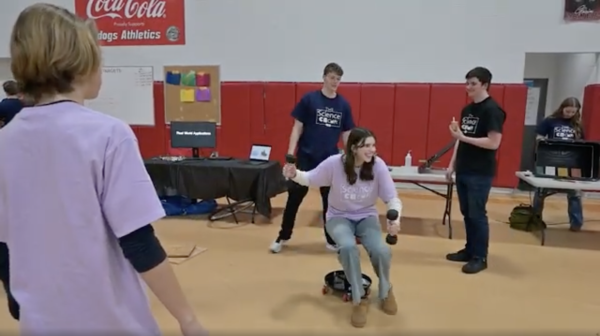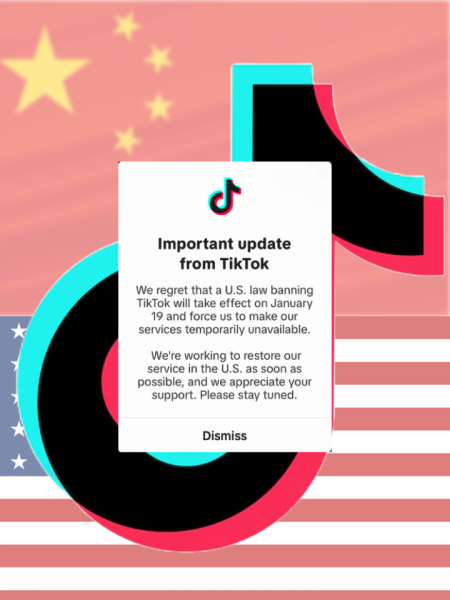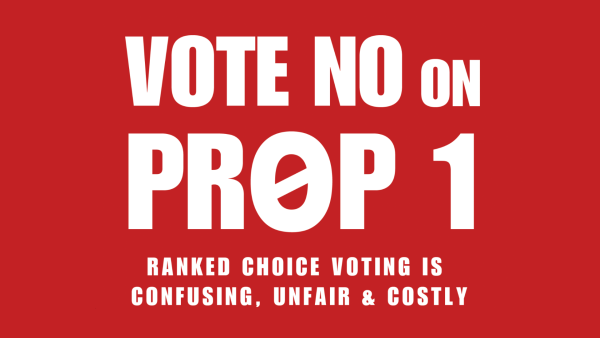ACCESS DENIED
Is the district internet policy outdated in the age of social media?
The role of social media is ever-evolving. Should the Lake Pend Oreille School District policy regarding it follow?
In the day and age where up-to-date, intimate reporting is available instantaneously on a Snapchat story, and Twitter is the predominant line from the President of the United States to the American people, it’s clear that social media has evolved to have more substinance and potential educational value than the time-waster it is often regarded as.
The Lake Pend Oreille Board Policy on Internet Access lays out clear criteria for what is considered inappropriate access, but does not make any specific reference to social media. The policy was last revised in 2012.
It explains that the district technology and network are free to use for educational purposes, but all social media platforms are blocked on district computers and on the district network.
When does the value of social media as a mainstream communications resource distinguish it as an educational tool and more than just a classroom distraction?
“I mean, the President can tweet all he wants about anything, but that’s really freeform. As far as teachers choosing to use a freeform medium like that for communication and learning, I think it would just have to be really specific,” School Technician Robert Linder said. “So once teachers find a specific way to incorporate it, I think it’d be great for the IT department to jump in and find ways to help teachers with that.”
While some educators may be reluctant to welcome social media into the classroom, others are more open to its incorporation. Teacher Mary Bird has experienced the expanse of social media in her own home with her freshman son, Connor.
“Last night I wanted Connor to come watch the news with us because they had all sorts of pictures from the hurricane flooding in Houston and I wanted him to see it, and his comment was, ‘I’ve already seen it on Snapchat’,” Bird said.
This anecdote rings true beyond the Bird household: According to a 2015 Pew Research Center survey, approximately 76 percent of teens use social media, and 71 percent report using more than one platform. News and business companies are accordingly adapting to best utilize these burgeoning platforms, stocking Snapchat, Instagram, Twitter and Facebook with vast amounts of information available at a tap.
Bird contends that if social media is becoming the mainstream platform for communication and information, it should be considered as a legitimate learning tool.
“Social media is becoming the norm as to how people communicate and students should have access to that,” she said. “Of course, they shouldn’t be sitting all day, texting their friends, but I do think that educationally, there is a need for it in many cases and that we should review the policy.”
At the high school level, concerns regarding inappropriate use of social media in the classroom arise, and not without reason. Though social media platforms offer extensive information and communication resources, they invite distraction in the classroom.
“Just like anything, it goes two ways,” District Director of Technology Matt Brass said. “Social media can be used for some really productive and insightful things, but at the same time, let’s face it: when you walk into a classroom and see kids on social media, probably two-thirds of them are just wasting time messing around. The question is, how do you make it so that it is being used relevantly, and not just as a time-waster or to do things that students shouldn’t be doing.”
Cedar Post advisor William Love and Brass are tentatively teaming up for a pilot test of the incorporation of social media access into the classroom, starting with Cedar Post.
“Social media isn’t going anywhere, it’s just going to get stronger and have more relevant roots, so we just have to figure out how to best use it,” Brass said.

McCalee Cain is a senior and it is her third year on staff. She is the Editor-in-Chief.






